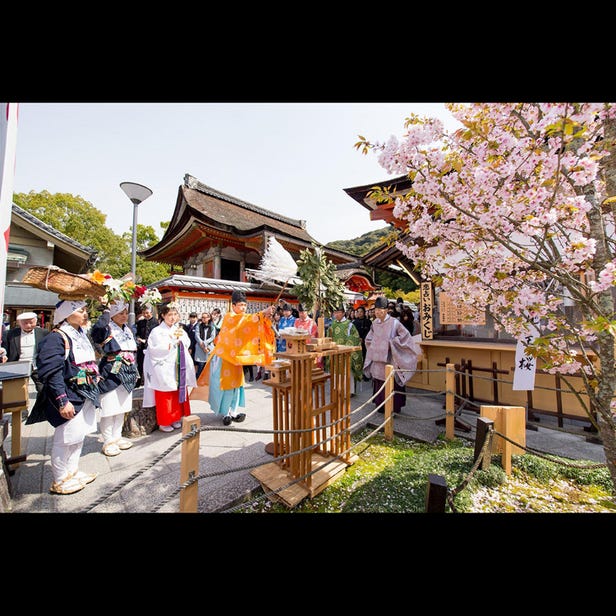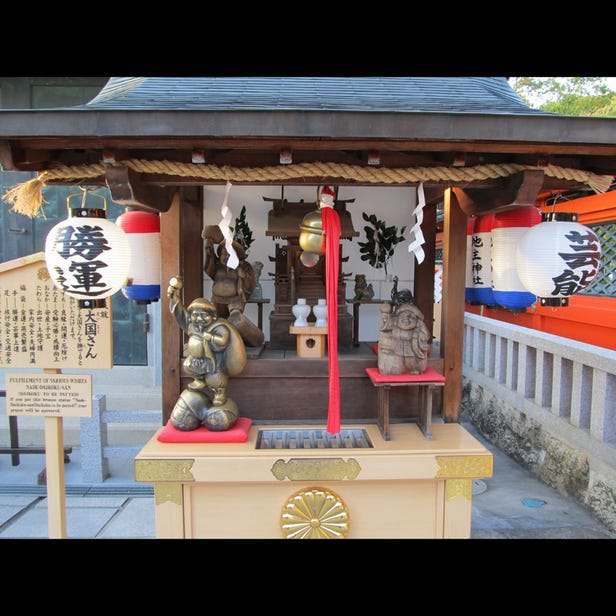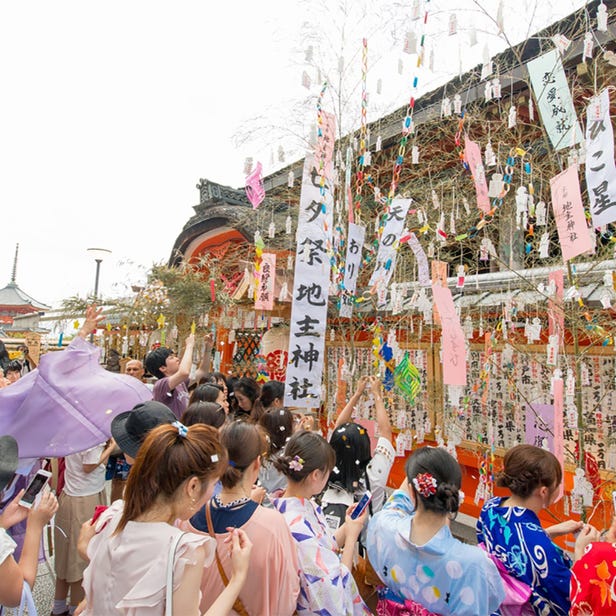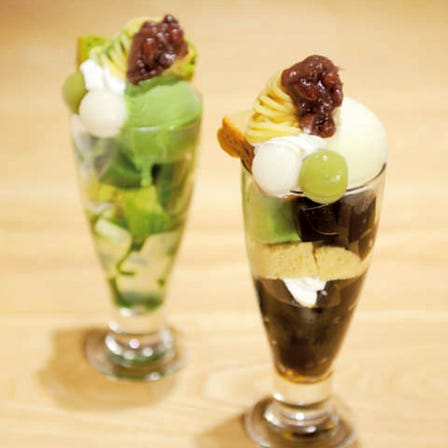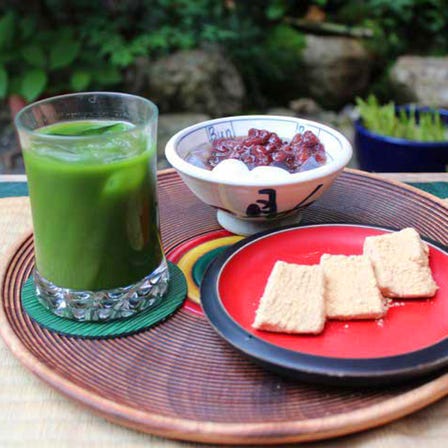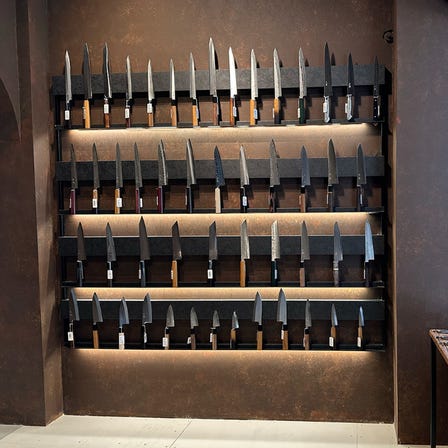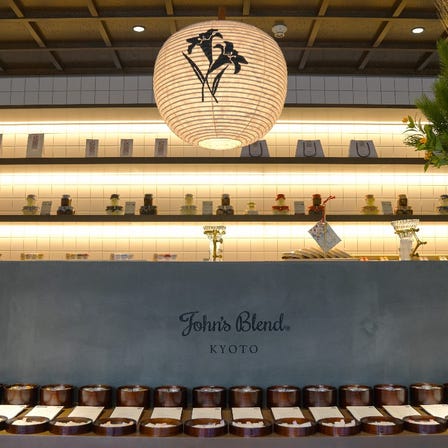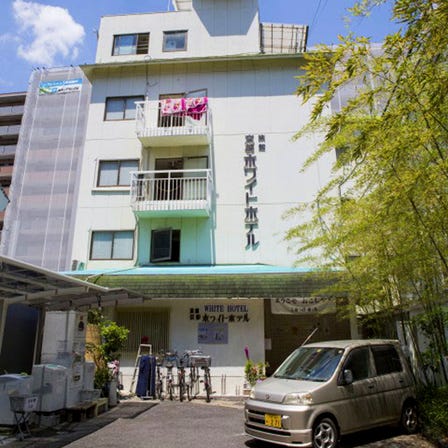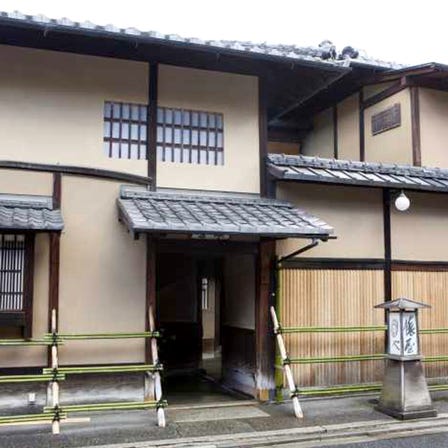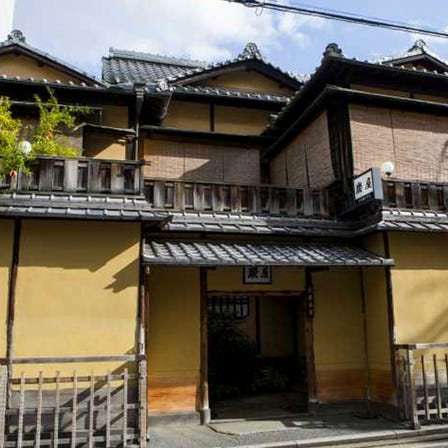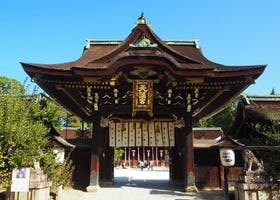Description
Located near the stage of Kiyomizu-dera Temple, Jishu-jinja Shrine is a historic shrine whose founding is thought to predate the founding of Japan itself. The shrine sits in the area known as Mt. Horai, which is worshipped as a sacred mountain of perpetual youth and longevity. This shrine was previously the guardian of Kiyomizu-dera Temple until the Edo period, and has drawn many worshippers of Ubusunagami (a guardian deity of one's birthplace) to Kiyomizu and Yasaka area since long ago. Enshrined as the main deity is Okuninushi-no-Mikoto, which attracts large numbers of visitors praying for marriage. The third Tokugawa Shogun, Iemitsu, built the current shrine structures in 1633, and these are embellished with beautiful patterns in a variety of colors. The entire grounds and the inner and outer shrine are registered UNESCO World Heritage sites as Historic Monuments of Ancient Kyoto.
Koiuranai-no-ishi—love fortune stones attracting countless visitors since the Edo period
Just off the path in front of the inner shrine rests a pair of guardian stones called ”Koiuranai-no-ishi (love fortune stones).” Tradition has it that if people can navigate between the stones, which are about ten meters apart, with their eyes closed, the shrine's god will grant their wish for love. Experts have recently identified that the stones, which have received visitors since the Edo period, are relics from the Jomon period.
Visit sacred places in the grounds that are believed to bring a good match or good luck
The grounds of Jishu-jinja Shrine contain many places believed to bring good match or good luck. These include Haraedo-sha, where you can purify the mind and body with haraigushi (wands used in Shinto rituals); a shrine to Nadedaikoku, where a different wish will be granted depending on the part of the statue of Daikoku that you stroke; a shrine with a gong for praying by sound, where if you ring the gong three times, the deity will give you a good match; a Buddhist statue called ”Mizukake Jizo” that is believed to bring good luck to those throwing water on it while making their wish; and a shrine with the deity Okage Myojin, that is said to grant any kind of wish one time only. If you're hoping to find a good match, why not pay a visit to those places?
Join the Enmusubi Kigan Sakura Festival to view the beautiful cherry blossoms that fascinated Emperor Saga
The cherry trees populating the grounds are called “Jishu-zakura,” and have long been a public favorite. This is a rare species that features branches with both single- and double-petal flowers. According to the traditional tale about when Emperor Saga visited the shrine in 811, he was so captivated by the exquisite beauty of the Jishu-zakura that he had his carriage turned around three times to view the flowers. As a result, the Jishu-zakura are also known as “Mikuruma-gaeshi-no-Sakura (cherry trees that coaxed the return of the imperial carriage).” The Enmusubi Kigan Sakura Festival takes place on the second Sunday of April every year to appreciate the beauty of cherry trees, celebrate the divine power of the deities, and pray that everyone will be blessed with a good relationship.
Location Information
-
- Address
-
1-317, Kiyomizu, Higashiyama-ku, Kyoto-shi, Kyoto, 605-0862
-
- Nearest Station
-
Gionshijo Station
・ Keihan Line
25 minutes on foot
-
- Phone Number
-
075-541-2097Available languagesonly in Japanese
-
- Hours
- 9:00am - 5:00pm
-
- Closed
- None
-
- Public Site
- Official Site
Recommended Spots in Area
- Visiting
- Eating
- Shopping
- Lodgings
-
 Pontocho & Kiyamachi StreetGion, Kawaramachi, Kiyomizu-dera TempleHistorical Places
Pontocho & Kiyamachi StreetGion, Kawaramachi, Kiyomizu-dera TempleHistorical Places -
 Ninen-zakaGion, Kawaramachi, Kiyomizu-dera TempleHistorical Places
Ninen-zakaGion, Kawaramachi, Kiyomizu-dera TempleHistorical Places -
 Puppy Café Rio KyotoGion, Kawaramachi, Kiyomizu-dera TempleCulture Experience
Puppy Café Rio KyotoGion, Kawaramachi, Kiyomizu-dera TempleCulture Experience -
 Maruyama ParkGion, Kawaramachi, Kiyomizu-dera TempleParks
Maruyama ParkGion, Kawaramachi, Kiyomizu-dera TempleParks -
 Tofuku-ji TempleKyoto Station, To-ji TempleTemples
Tofuku-ji TempleKyoto Station, To-ji TempleTemples -
 Nishiki Market Shopping DistrictGion, Kawaramachi, Kiyomizu-dera TempleOther Sightseeing
Nishiki Market Shopping DistrictGion, Kawaramachi, Kiyomizu-dera TempleOther Sightseeing
-
KikusuiGion, Kawaramachi, Kiyomizu-dera TempleFrench Food
-
Kaden Kyoame Gion KoishiGion, Kawaramachi, Kiyomizu-dera TempleOther Cafes and Sweets
-
Shichijo Kanshundo ShazakissaKyoto Station, To-ji TempleOther Cafes and Sweets
-
GiontamejiroHachijoguchiKyoto Station, To-ji TempleSet Meal (Gozen)
-
Bunnosuke Chaya HontenGion, Kawaramachi, Kiyomizu-dera TempleOther Cafes and Sweets
-
Kyoto Nama ChocolatGion, Kawaramachi, Kiyomizu-dera TempleChocolate
-
MUSASHI JAPAN Kyoto Kawaramachi Knife ShopGion, Kawaramachi, Kiyomizu-dera TempleHousehold Goods Stores
-
BUYSELL Kyoto Shijo-dori storeGion, Kawaramachi, Kiyomizu-dera TempleClothing Stores
-
Japan Culture & Character Shop Guf Kyoto storeGion, Kawaramachi, Kiyomizu-dera TempleGift Shops
-
MUSASHI JAPAN Kyoto Kiyomizu Knife ShopGion, Kawaramachi, Kiyomizu-dera TempleHousehold Goods Stores
-
Seiko Boutique KyotoGion, Kawaramachi, Kiyomizu-dera TempleJewelry Stores and Watch Shops
-
John's Blend Kyoto Nishiki-Ichiba StoreGion, Kawaramachi, Kiyomizu-dera TempleOther Shopping
-
Kyoto White HotelKyoto Station, To-ji TempleHotels
-
Six Senses KyotoKyoto Station, To-ji TempleHotels
-
Tawaraya RyokanNijo Castle, Kyoto Imperial PalaceRyokan
-
Rinn Hostel MiyagawachoGion, Kawaramachi, Kiyomizu-dera TempleEconomy Hotels
-
DoubleTree by Hilton Kyoto StationKyoto Station, To-ji TempleHotels
-
Sumiya RyokanNijo Castle, Kyoto Imperial PalaceRyokan















